Sentiments hit their bottom during early European session but improved as the session goes. Most notably, German 10-year bund yield dropped to new record low of -0.217 but recovered much ground since then. That was enough to push EUR/CHF through key support at around 1.1150/60 to new two year low. But other than that, the forex markets are running its own course. The overbought Yen is not joining Franc’s run as it’s turning into consolidations. The Pound is weighed down by poor PMI manufacturing which dropped into contraction as impact of pre-Brexit stockpiling reversed. Meanwhile, New Zealand and Australian Dollar decouple from risk aversion. Both are having noticeable recovery, ahead of tomorrow’s RBA rate cut.
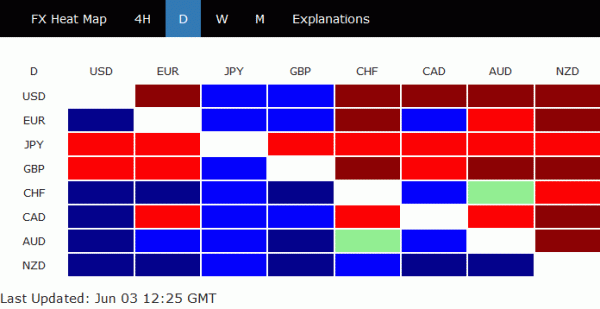
After China’s hard-line white paper on trade relationship with US, it’s confirmed that there is little chance of any progress in trade negotiations for the near term. Not to mention, there is practically no chance for a deal between Trump and Xi at the G20 summit in Japan later this month. Trump’s tweet on the topic is also calm. He noted that “China is subsidizing its product in order that it can continue to be sold in the USA. Many firms are leaving China for other countries, including the United States, in order to avoid paying the Tariffs. No visible increase in costs or inflation, but U.S. is taking Billions!” There’s no point to debate how true Trump’s claims are, much like China’s denial of its own faults. The point is, Trump is also preparing his supports to stand by his trade war with China.
The bigger issue for the near term will be tariffs on Mexico. Mexico’s Foreign Minister Marcelo Ebrard expressed his confidence to reach an agreement with US to resolve the migration flow dispute. He said today that if Washington imposed tariffs on Mexican imports it could be counterproductive to stopping immigration flows across the southern U.S. border. Meetings will be carried out on the issue this week, starting today. And Mexico looks very willing to do something. However, Mick Mulvaney, the acting White House chief of staff, indicated that there is no concrete criteria to judge whether Mexico has done enough to avert tariffs. And Mulvaney further said “We intentionally left the declaration sort of ad hoc… So, there’s no specific target, there’s no specific percentage, but things have to get better… They have to get dramatically better and they have to get better quickly.” That is, Trump can move the goalpost for Mexico in anyway he wants. Such uncertainty will keep markets pressured.
In Europe, currently:
- FTSE is down -0.13%.
- DAX is down -0.09%.
- CAC is down -0.02%.
- German 10-year yield is down -0.0052 at -0.205.
Earlier in Asia:
- Nikkei dropped -0.92%.
- Hong Kong HSI dropped -0.03%.
- China Shanghai SSE dropped -0.30%.
- Singapore Strait Times rose 0.18%.
- Japan 10-year JGB yield rose 0.0053 to -0.091.




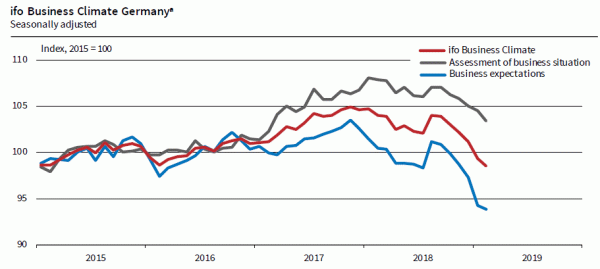
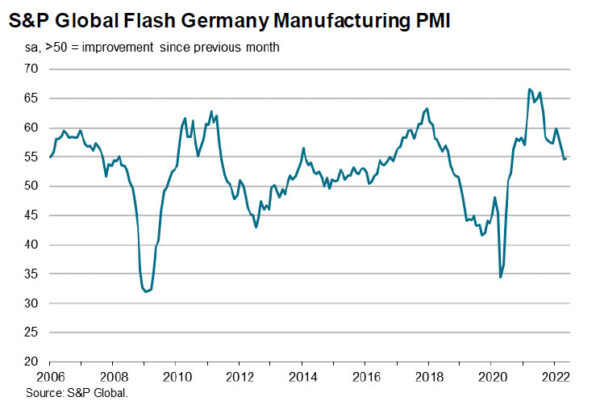
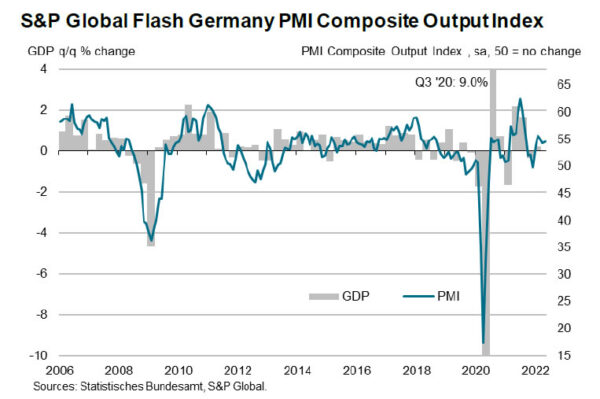

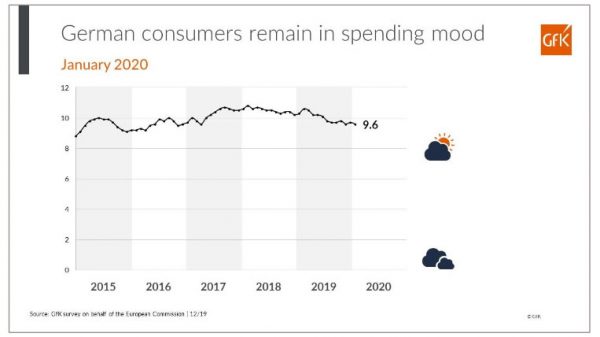
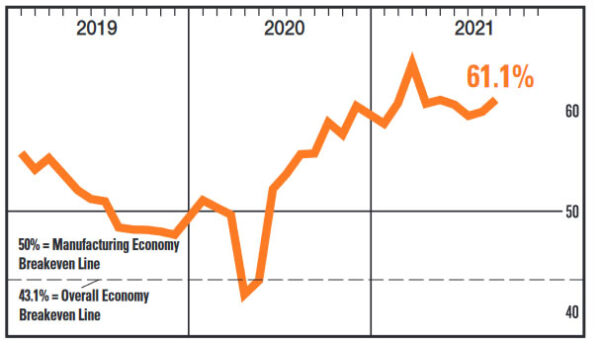
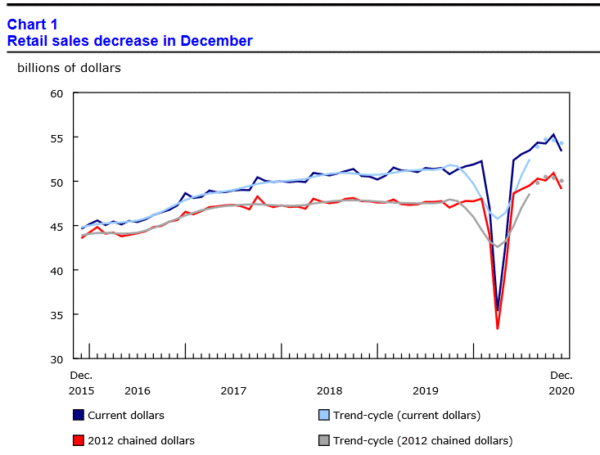
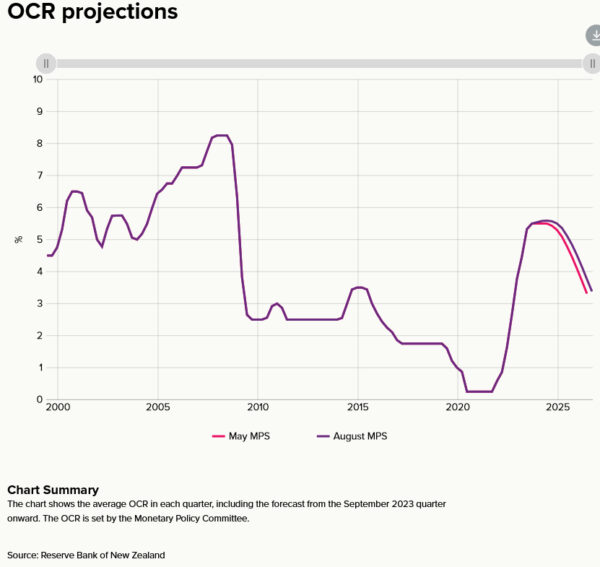
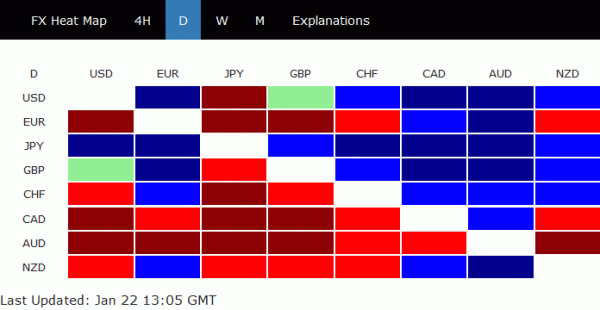
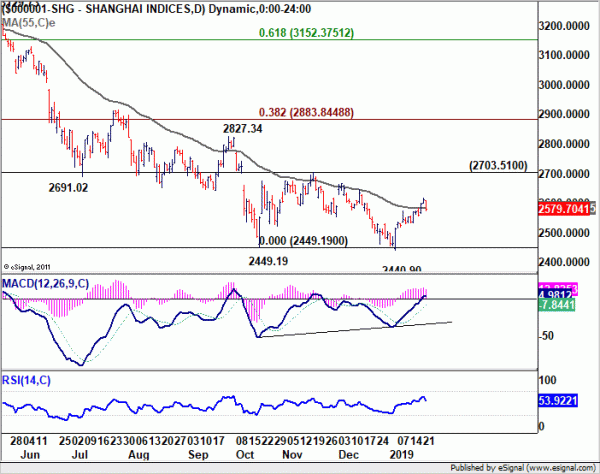
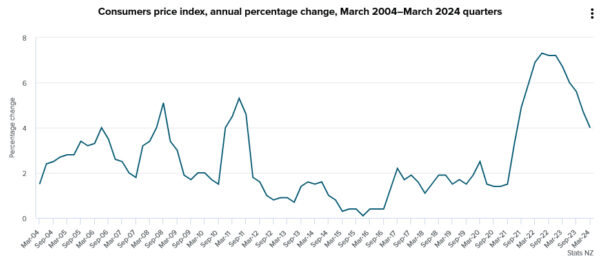

Trump expects to meet Xi at G20, or raise tariffs
Trump said yesterday that he and Chinese President Xi are “scheduled to have a meeting” at the G20 summit in Osaka. He added, “We’re expected to meet and if we do that’s fine, and if we don’t — look, from our standpoint the best deal we can have is 25% on $600 billion.”
And, “if we don’t have a deal and don’t make a deal, we’ll be raising the tariffs, putting tariffs on more than — we only tax 35% to 40% of what they said then they had another 60% that’ll be taxed.”
He repeated, “China is going to make a deal because they’re going to have to make a deal”. Also, “at the same time it could be very well that we do something with respect to Huawei as part of our trade negotiation with China. China very much wants to make a deal. They want to make a deal much more than I do, but we’ll see what happens.”